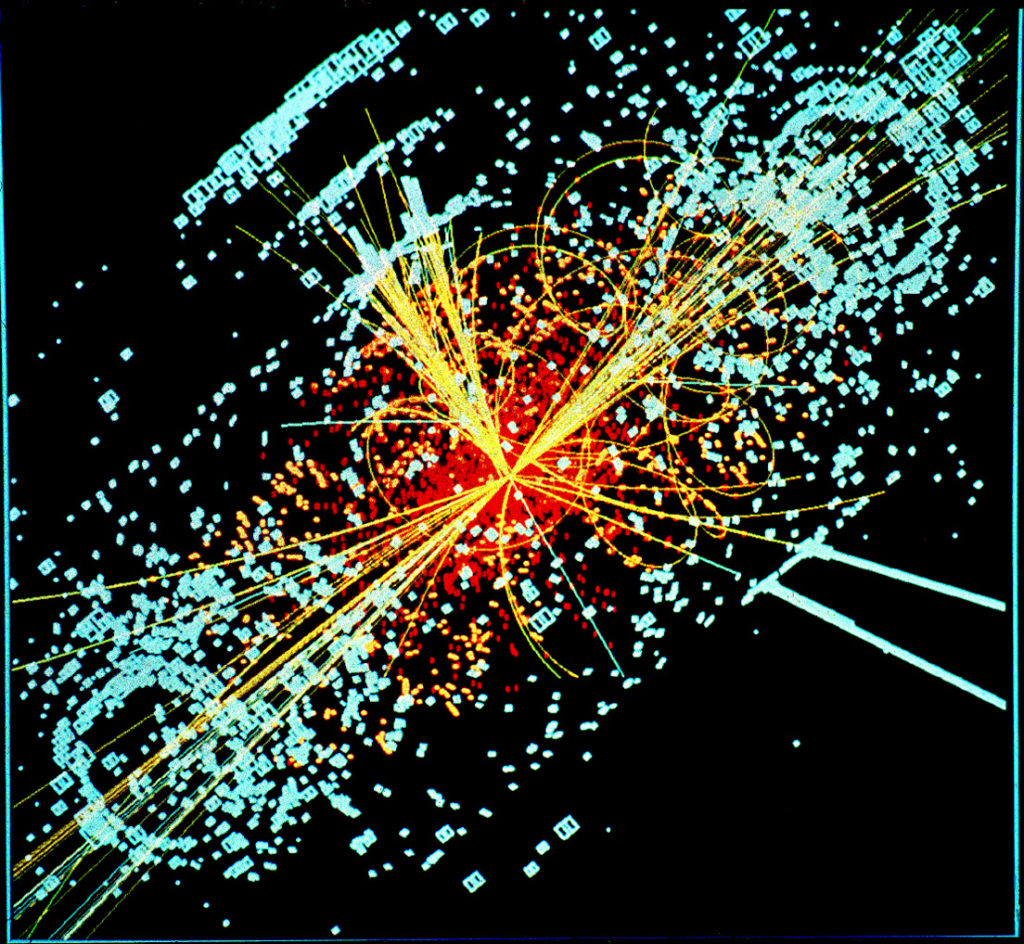
[Draft – more citations to come]
Lately I’ve encountered many articles about research on the Higgs boson. Retrospectives, ongoing discoveries, and expectations for the upgraded LHC and its third run. The stuff of careers for 1000’s of scientists.
This research is a fascinating effort akin to “particle archeology.” Inferring – detecting evidence for – the existence of exotic particles (localized field excitations) by sifting through the artifacts of decay. Using Big Science experiments, complex data analysis, and computational (predictive) models. Looking for interactions with quarks (top, bottom), muons, etc.
• Caltech Weekly (July 7, 2022) > Caltech > News > “What Comes After the Higgs Boson” – a long road ahead (July 4, 2022)
Harvey Newman, the Marvin L. Goldberger Professor of Physics at Caltech and one of the leaders of the Caltech team, which is part of the CMS collaboration, calls the discovery of the Higgs boson “a milestone in human history” that “has permanently changed the way we view the universe.”
Collisions that produce Higgs bosons are very infrequent. For every billion proton–proton collisions, only one Higgs boson is created.
To further complicate this picture:
• Higgs bosons decay very quickly into other particles,
• and it is only by measuring the characteristics of these particles that the prior existence of the Higgs boson can be inferred.
There’s a lot more work ahead:
“Particle physics is moving onward keeping in mind that the Standard Model describes only a tiny fraction of what we know is there and more questions are unanswered than answered; yes, we do have a great simple parametrization in the Standard Model, but the actual origin of the electroweak symmetry breaking is unknown. We have a lot more work ahead.” – Barry Barish, Ronald and Maxine Linde Professor of Physics, Emeritus, former leader of Caltech’s high-energy physics group (and co-winner of the Nobel Prize in Physics in 2017)
Related posts
• Not so deific particle – Higgs boson
